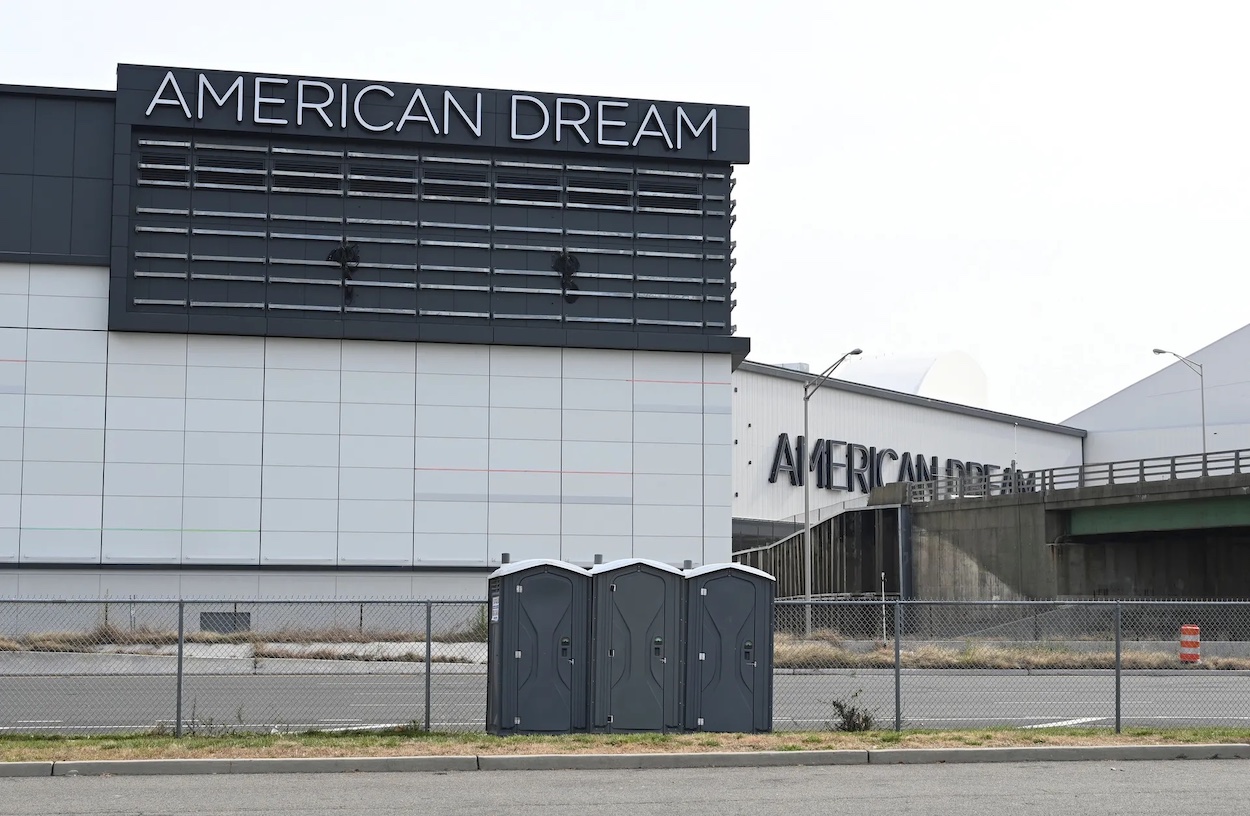Few institutions of everyday life have experienced such a dramatic fall from grace as the shopping mall, once a titan of American consumerism that embodied the suburbanite’s need for “safe” artificial gathering spots that felt more Disneyland than downtown. Thanks to the combination of e-commerce and the pandemic, malls once teeming with teenagers and buzzy chain stores now sit entirely vacant. It’s due in large part to the shuttering of anchor tenants—Barneys New York, Lord & Taylor, and Mervyn’s are now defunct, while Nordstrom, Macy’s, Sears, and J.C. Penney have closed a majority of their stores. A damning 2017 report by Credit Suisse estimated that a quarter of America’s 1,211 malls would shutter entirely by 2022.
Faced with catastrophic financial losses, developers have been forced to think outside the “big box” when repurposing what are essentially warehouses surrounded by acres of pavement. To some, dead malls hold the key to solving the housing crisis. New York governor Kathy Hochul recently announced the completion of a seniors’ affordable housing complex built within a former Sears department store in Rochester. In Denver, efforts are underway to transform the erstwhile Cinderella City Mall into a transit-oriented development that includes housing, a civic center, City Hall offices, a library, and an outdoor arts museum. Similar experiments are unfolding in Seattle and Providence.
Some are finding second lives as healthcare facilities—a trend that has gained momentum since the pandemic. Vanderbilt University Medical Center plans to move into the massive Hickory Hollow Mall in southeast Nashville, which once reigned as Tennessee’s largest shopping center. “The possibilities for service offerings in a facility of this scale are endless,” Dr. Jeff Balser, the medical center’s CEO, said in March. While the mall-to-medicine trajectory may be unexpected, they can enable hospital systems to deliver care more flexibly, cater to the rising trend of telehealth, and promote economic development. Some vacant malls are in diverse neighborhoods that need increased access to health care.


